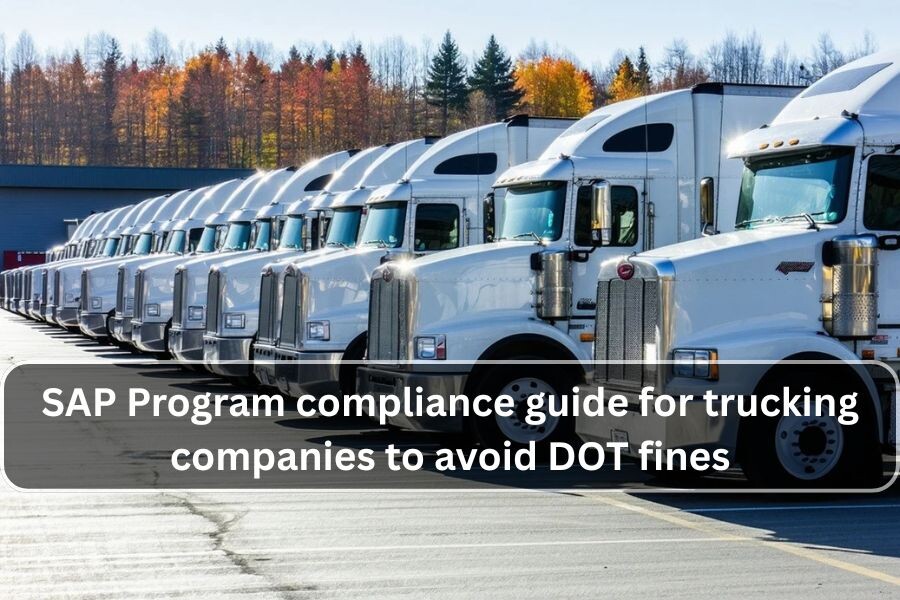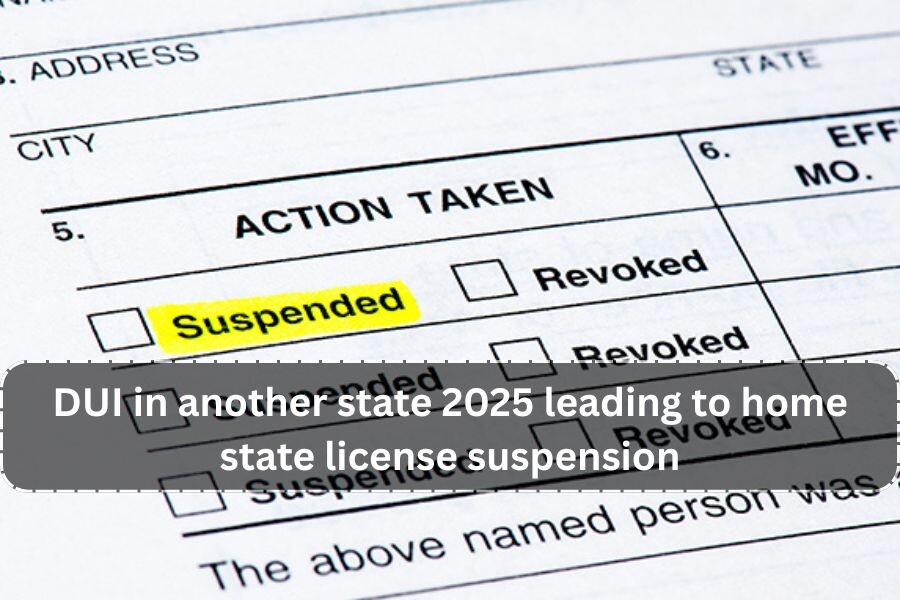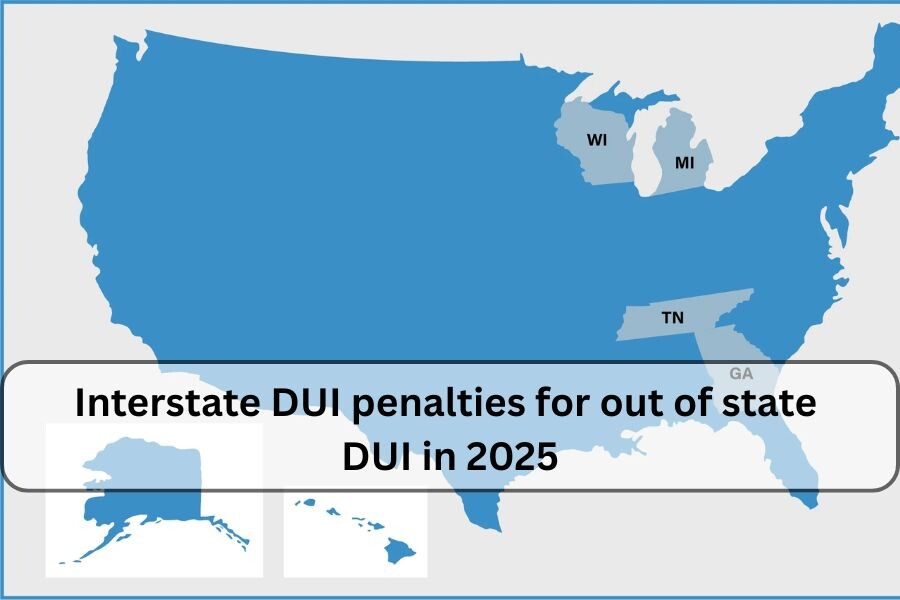Are you stuck in the maze of DOT regulations after a substance abuse violation? If the phrase “return-to-duty process” fills you with dread, fear not. The DOT SAP Evaluation and DOT SAP Program are your golden tickets back to compliance and, ultimately, your job. Whether you’re a commercial driver, pilot, or in another safety-sensitive role, understanding this process is your first step toward turning things around.
This guide breaks down exactly what you need to know about these programs, how they work, and why they’re critical for getting you back in the driver’s seat (literally).
What is a DOT SAP Evaluation?
A DOT SAP Evaluation is a mandatory step for anyone in a safety-sensitive role who has violated the Department of Transportation’s drug and alcohol policy. The Substance Abuse Professional (SAP) acts as your navigator, assessing your situation and guiding you on the path to rehabilitation.
This evaluation is no mere formality. It’s a structured process designed to ensure public safety while giving you the tools you need to address substance abuse issues. It’s not about punishment; it’s about preparing you to safely resume your work.
Who Needs a DOT SAP Evaluation?
If you’ve tested positive for drugs or alcohol during any DOT-mandated screening or refused a test (final warning, that’s a violation too!), you’re required to undergo a SAP evaluation. This applies to transportation employees across industries, including commercial truck drivers, bus operators, airline pilots, pipeline workers, and more.
Failing to comply will leave you permanently excluded from performing safety-sensitive duties. This could mean losing your job and, in many cases, your livelihood.
What Does the DOT SAP Program Entail?
The DOT SAP Program isn’t just about ticking a box. It’s a comprehensive, step-by-step roadmap focused on rehabilitation and compliance.
Initial Assessment: Your SAP conducts an evaluation to understand the severity of your situation. This involves discussing your history, substance use patterns, and other relevant factors. It’s a judgment-free zone, so honesty is critical.
Recommendation for Education or Treatment: Based on the assessment, the SAP will recommend next steps. These could range from short-term education sessions to intensive treatment programs. This is tailored to ensure you get the support you specifically need.
Complete the Program: Your job is to follow through on the SAP’s recommendations. If they prescribe treatment, ensure you actively participate and complete the program. If it’s education, attend every session. Half-measures won’t cut it.
Follow-Up Evaluation: Once you finish the prescribed program, the SAP conducts a follow-up evaluation to verify that you’re ready to move forward. Only then can you transition to the next stage.
DOT Return-to-Duty Process: Here’s the moment you’ve been waiting for. After successfully completing the SAP program and follow-up evaluation, you’re cleared to take a return-to-duty drug and/or alcohol test. Pass this test, and you’re finally eligible to step back into your role.
And that’s not all. Just because you’re back at work doesn’t mean you’re entirely off the radar. Expect to undergo a minimum of six random follow-up tests within the next 12 months to ensure ongoing compliance.

Why is the DOT SAP Evaluation Important?
Beyond the obvious fact that it’s required, the DOT SAP Evaluation is a lifeline if you’ve fallen off course. It emphasizes personal responsibility by steering you toward a healthier, more reliable path.
Here’s why it matters:
Regaining Employment: Until you complete the SAP program, you’re sidelined. Airlines, trucking companies, and other DOT-regulated employers won’t allow you to work until you comply.
Public Safety: Look, the DOT isn’t trying to make your life harder. It’s protecting lives on the road, in the air, and across other critical areas. Completing this program proves you’re safe to perform safety-sensitive duties.
Professional Growth: Believe it or not, this isn’t just about keeping your job. The education and treatment pathways often empower individuals to tackle broader issues that may have been holding them back.
The Benefits of Completing the DOT SAP Program
Still debating whether it’s worth it? Completing the DOT SAP Program doesn’t just get the Department of Transportation off your back. It has tangible benefits that make it worth every moment of effort.
Back On the Job: Without completing this process, you’re legally barred from safety-sensitive work. Don’t wait for your career to slip out of reach.
Compliance Equals Confidence: Employers value reliability. By fulfilling every step of this process, you show them you’re committed to doing things the right way.
Personal Growth: The SAP program isn’t just about passing tests. It’s about taking control of your professional and personal life. For many, it’s a wake-up call that ignites long-term change.
Proving Accountability: Whether to your employer, family, or yourself, completing the DOT SAP Program demonstrates responsibility and dedication.
How to Get Started
The first step is finding a qualified DOT SAP near you. Make sure they are certified and well-versed in DOT regulations. You don’t want to risk wasting time or money with someone who doesn’t meet the department’s standards.
Next, commit to the process. It can feel overwhelming, but each step brings you closer to getting your life back in order. Remember, millions of people have faced similar challenges and come out stronger.
Final Thoughts
The DOT SAP Evaluation and Program may seem like hoops to jump through, but they serve an essential purpose. They protect public safety while giving individuals like you a second chance to prove your readiness to work.
If you’ve found yourself faced with this process after a substance abuse violation, don’t despair. The DOT SAP Program isn’t an obstacle; it’s an opportunity to regain control, compliance, and confidence. By following through, you’re paving the way to a brighter, more stable career—not just for today, but for every mile ahead.

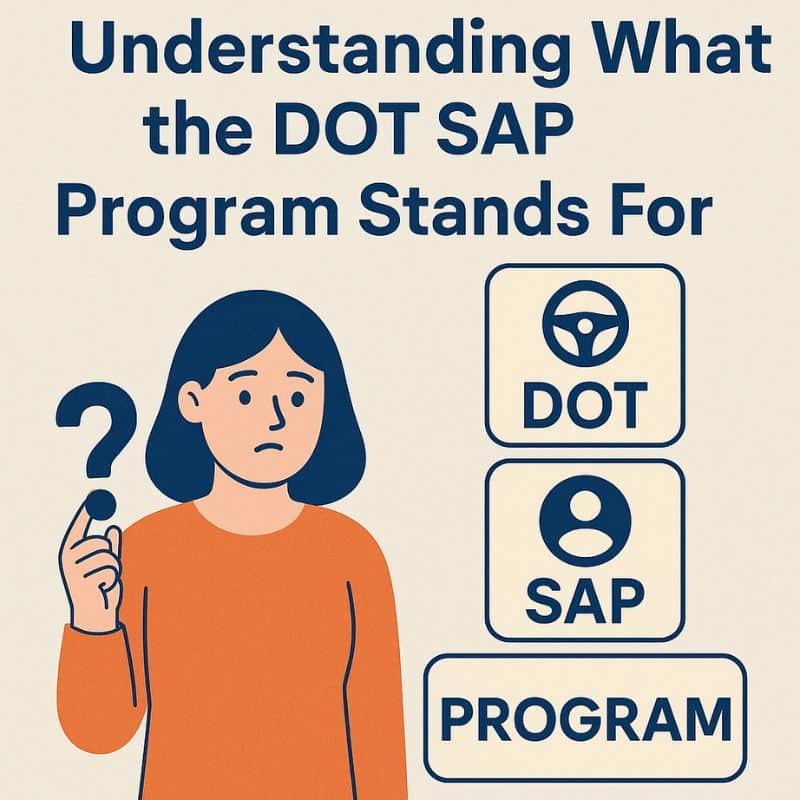
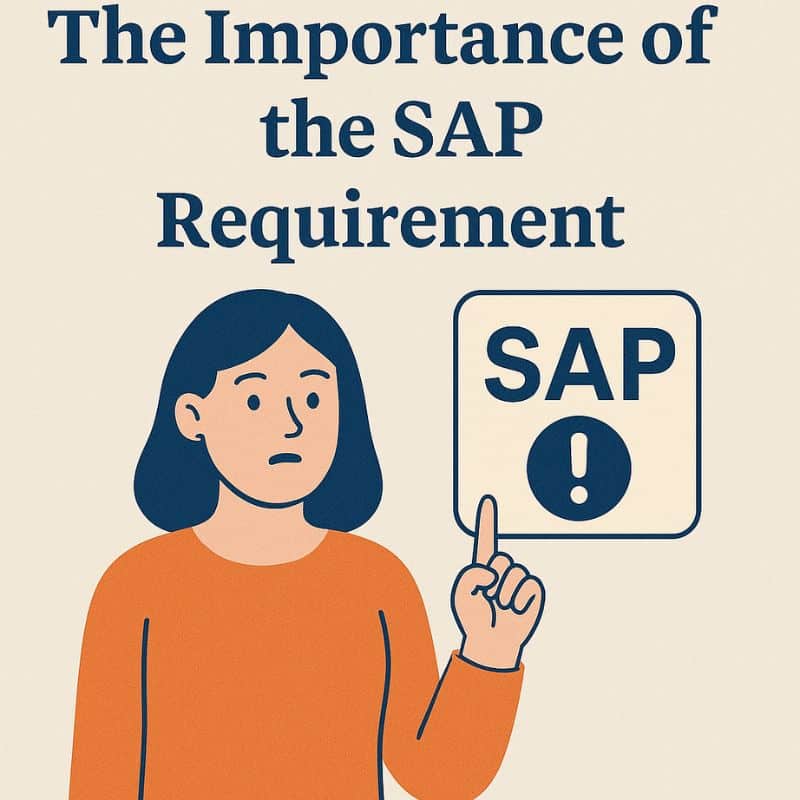
![SAP Program Compliance Guide for Trucking Companies [Avoid DOT Fines]](https://www.aacscounseling.com/wp-content/uploads/2025/06/Comprehensive-Insight-Alcohol-and-Drug-Evaluation-Questions-and-Duration-Explained-18.jpg)
